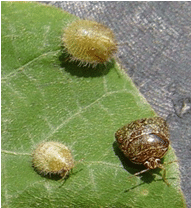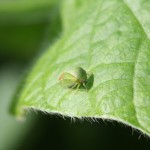As reported by NASS on June 11, 2012
WHEAT HARVEST GOING STRONG; PLANTERS CHASING COMBINES
Wheat harvest is going strong with many farmers reporting excellent yields, except for some spotty areas that were hurt by the late April frost. Taking advantage of moisture received early in the week, planters have been chasing combines to plant double crop soybeans. Corn has entered a critical growth stage as it begins to silk and tassel, but more moisture is needed in some areas for proper development. Vegetable crops were reported as starting to show signs of stress from dry conditions. Many crops continue to be rated in mostly good condition after temporary relief was provided by rain showers across most of the state. Continue reading





